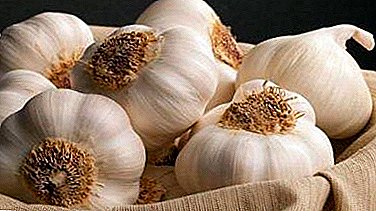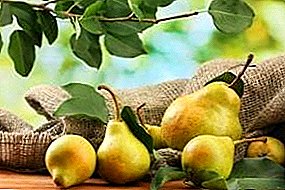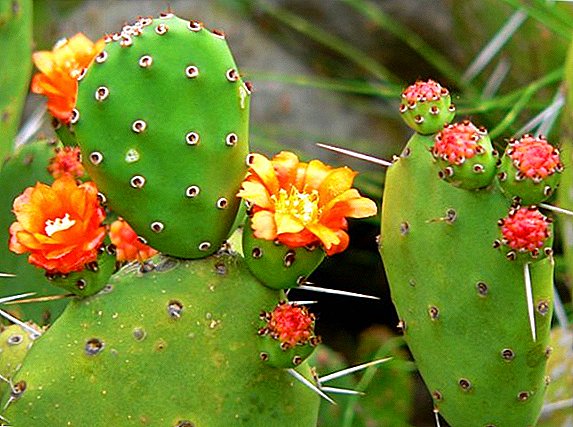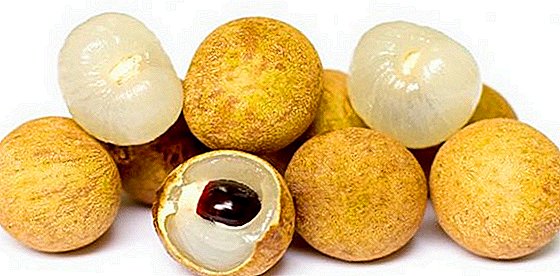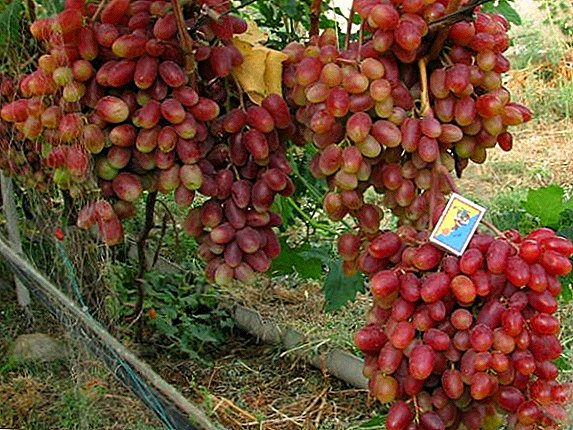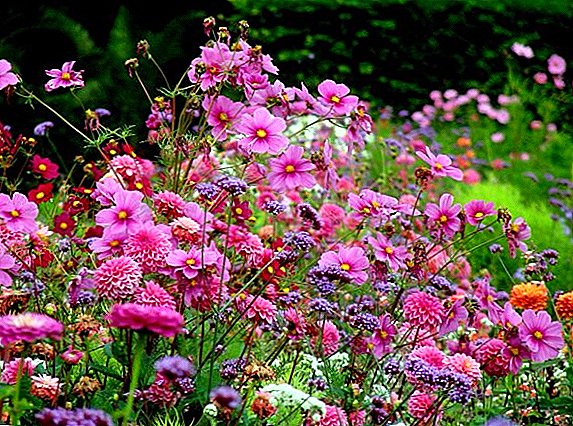 No matter how much free time you have, everyone wants to create beauty and comfort at your cottage. In addition to vegetable crops, fruit trees and berry bushes, every gardener has a corner for the soul, and this is a flower bed. The variety of plants for the flower bed is incredible. But due to employment or lack of experience, gardeners most often prefer annual plants, examples of which we will consider.
No matter how much free time you have, everyone wants to create beauty and comfort at your cottage. In addition to vegetable crops, fruit trees and berry bushes, every gardener has a corner for the soul, and this is a flower bed. The variety of plants for the flower bed is incredible. But due to employment or lack of experience, gardeners most often prefer annual plants, examples of which we will consider.
Flowerbeds and annuals
Annual plants, or as they are called years, are sown, grow and bloom during one season. Their clear advantage is that each year you can decorate your flower bed in a new way, change shapes, colors and compositions. Due to the fact that these plants simply do not have enough time to grow strongly, they can be used to create flower beds with complex ornaments and geometric shapes. The main thing in this process is boundless imagination and inspiration, and sowing such flowers will not be difficult, because they belong to completely undemanding. The disadvantages of these flowers can be attributed, perhaps, only that they should be planted every year, but this is a very relative disadvantage. 
Annual flowers for the garden, blooming all summer long, are a real find, we suggest to get acquainted with the photos and the names of the most popular ones. Important! Annuals can be sown directly into the ground, and you can prepare the seedlings in advance and only transplant them to a flowerbed at the beginning of flowering.
Rules for creating a composition
When making flower beds should take into account the height of plants, color and the growing season. You must carefully consider the composition that you want to see as a result, and only then begin to sow the seeds. If you can’t independently come up with a design, it doesn’t matter, you can find on the Internet schematic patterns of planting annual flowers for giving with photos and names. Picking up any pattern to your taste, you can easily transfer it to a flowerbed, and as a result get an incredible, bright composition. Very low look will be very effective when combined with high so the first can be edging flower garden, and the second - its center. 
You can also land low or average annuals in the foreground, and high in the back. For a round flower bed, and a combination of plants of the same growth, but, for example, different colors. For the center, you can pick up bright flowers, and drop paler around the circle, or vice versa. Monotonous flowerbeds look no less elegant and elegant; here it is worth playing with the height of the plants, for example, to make it multi-layered. Squat annuals are sown at the base of trees and bushes or used in a single planting to fill open areas.
Beautiful and unpretentious
Let's look at the most popular and non-capricious annual plants, starting from the height, take a look at them on the list and examine the photo. 
Low
Low annuals can be chosen for every taste, because there is a great variety of them. The average growth of such plants does not exceed 35 cm. When planting, it is necessary to take into account the fact that plants bloom during different periods, and in order for your flower garden to not wilted at the same time, it is necessary to choose the right flowers that will replace each other.
Did you know? Calendula is not only a decorative annual, but also capable of protecting surrounding plants from pests.For undersized flowers for flower beds that bloom all summer, include:
- Petunias - one of the most popular representatives, they are represented by several species. There are large-flowered shrubs and small-flowered, as well as ampelous petunias. These flowers prefer sunny areas, but planting in a shaded area is also acceptable. The most important thing is to provide them with timely watering and fertilizing.
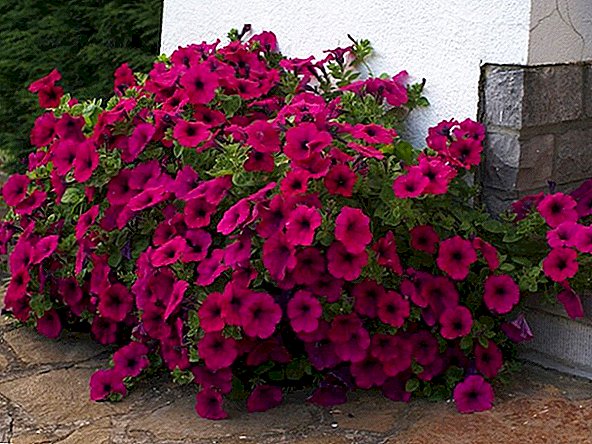
- Purslane - Spread a green needle rug on your flower bed and will delight with flowering from early summer to late autumn. For his landing are suitable sunny and even dry areas of the garden. It is unpretentious and at the same time surprisingly decorative.
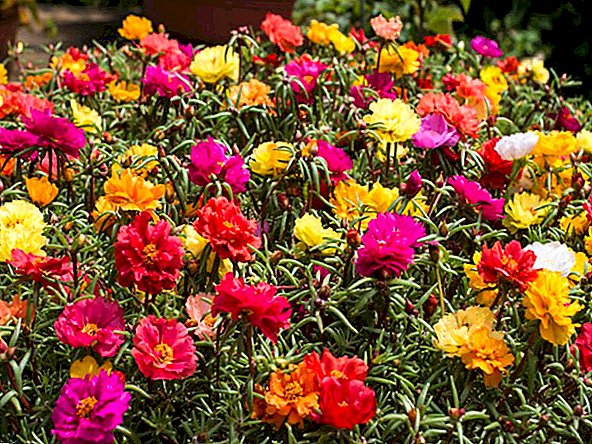
- Marigold - These are small green bushes with bright colors. Plants are absolutely not capricious, they are planted both on sunny and shady sites. They will give their beauty from early May to mid-autumn.
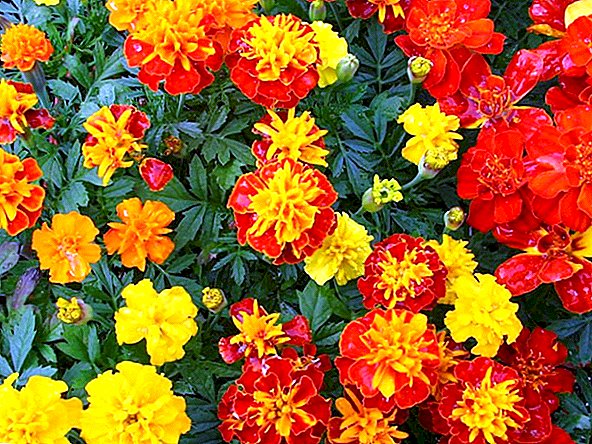
- Begonia - it is presented by a set of grades. The plant is light-loving, but planting in open arid areas for him is not the best option. It is better to give preference to the corners of the garden in partial shade. The variety of forms and colors will not leave indifferent even the most experienced gardener.

- Asters, snapdragon and calendula belong to the autumn representatives of annuals, they will please the eye before the first frost.
Autumn-flowering plants also include chrysanthemums, dahlias, rudbeckia, zinnia, pansies, gladioli, cannes, tuberous begonias, balsam and autumn crocus.
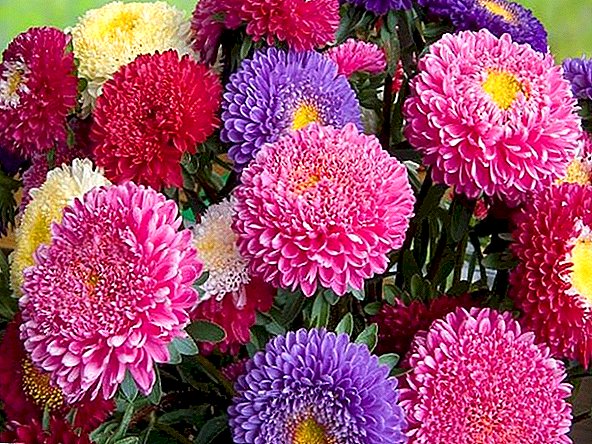

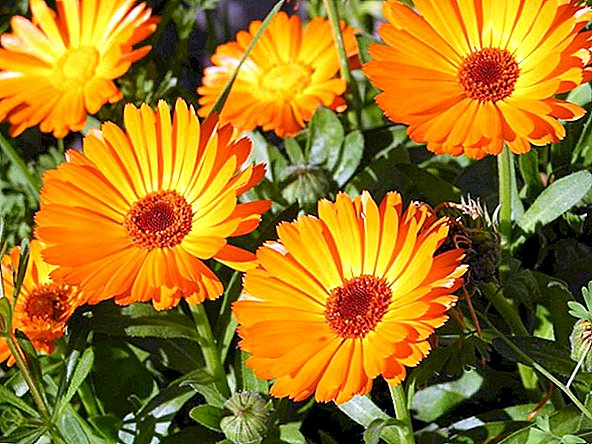
Average
Flowers that are 35–80 cm tall are considered medium. In contrast to the short-growing, which look great even in a single planting, these flowers are most often planted in the mix.
- Verbena, rather, its various hybrids are very popular. It should be planted in sunny areas, with rich soil, in which case the plant will bloom profusely all summer and autumn, until the air temperature drops below -3 degrees.
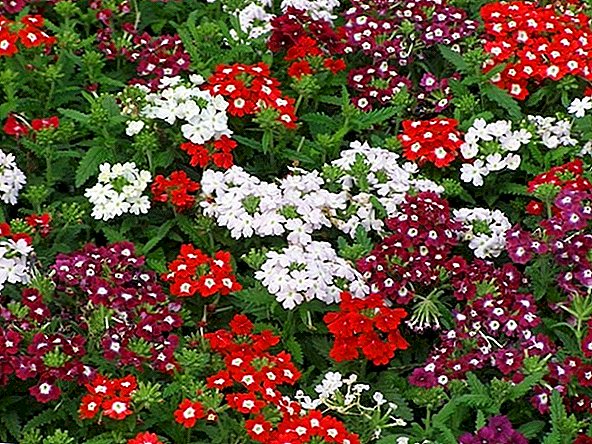
Did you know? The Celtic priests made a "drink of love" from verbena, they believed that it helped to conquer anger, improve mood and drive away bad thoughts. It is noteworthy that to this day verbena is used in aromatherapy to lift the mood and as a sedative.
- Godetia - a beautiful plant with bell-shaped inflorescences, has a light aroma. Very capricious, loves bright sunny areas, but does not tolerate drought. Rainy weather is also destructive for the plant.
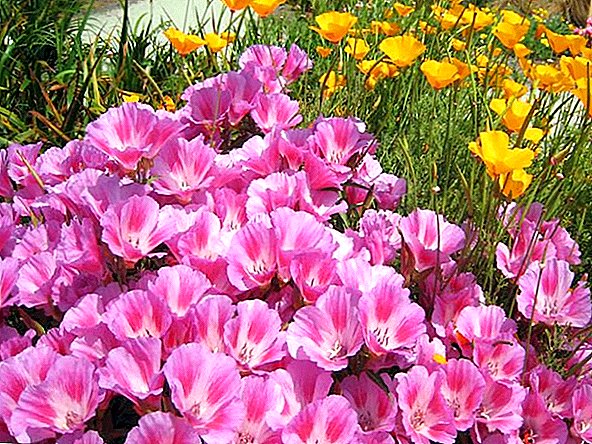
- Antirrinum, or Snapdragon, reaches a height of 15 to 100 cm, so it can be attributed to all three groups of annuals - low, medium and high. More than 300 varieties of this plant are known with a wide variety of colors. Antirrinum is an unpretentious plant, the only thing that needs to be constantly monitored is moisture, it does not tolerate drought.
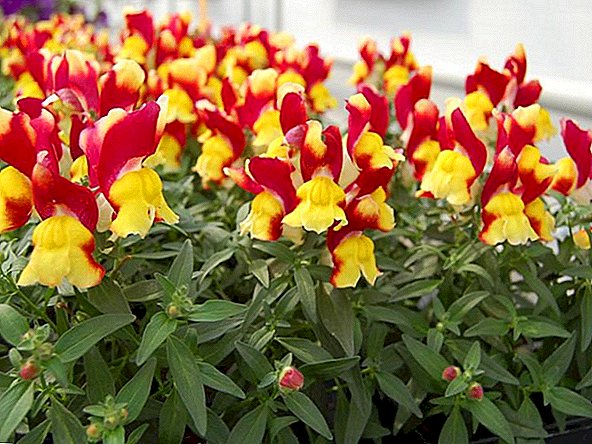
- Sweet Tobacco - a fairly common plant, without which it is difficult to imagine a dacha flowerbed. Very light-loving flower, but it is recommended to plant it in open areas. For landing the ideal place protected from the wind in partial shade.
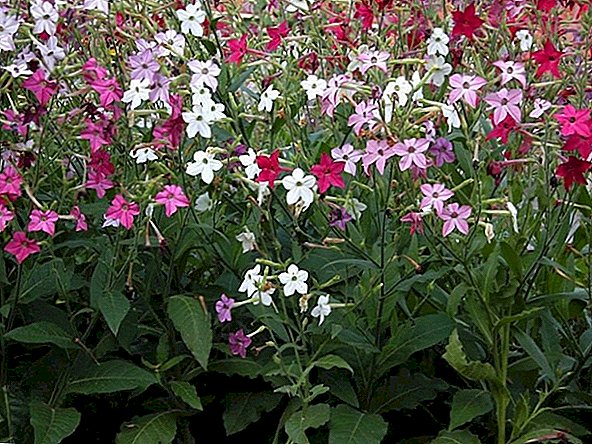
Important! Tobacco is a heat-loving plant, so experienced gardeners recommend not sowing it in the ground, but preparing seedlings.
- Cosmea - An herb from the Astrav family that looks very much like multi-colored daisies. It is not demanding on the composition of the soil and planting site. Caring for her is not difficult. At the same time the flower is very decorative and will delight in flowering until autumn.
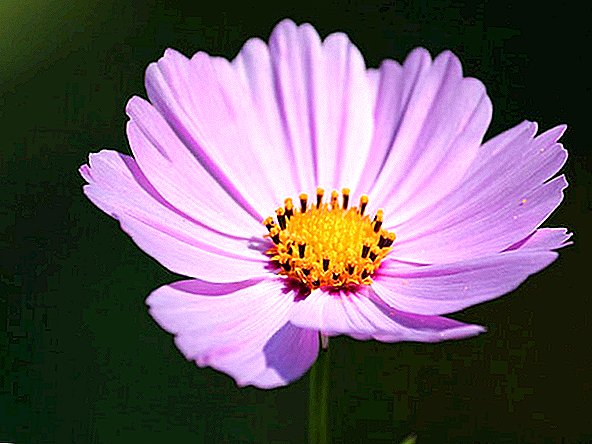
High
The height of such flowers can be from 80 cm to 3 m, it must be taken into account when planting. In the flowerbeds, the background is most often allocated for them; in this case, high handsome men and lower flowers are perfectly visible. They also look great in a single landing.
- Decorative Sunflower - just a charming bright yellow flower on a powerful long leg. These beauties grow to a height of 3 meters. Absolutely not capricious. The only thing is that if you want the plant to be really tall, you should ensure timely watering.
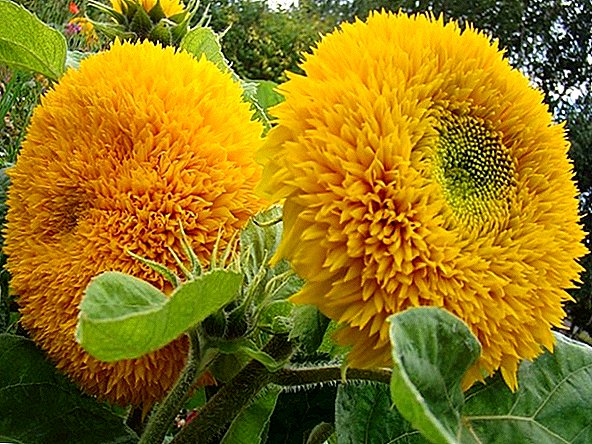
- Castor oil - very ornamental plant with burgundy leaves and unusual buds of candles. Under favorable weather conditions, it can reach a height of 3 meters. She is very thermophilic, prefers landing in sunny areas.
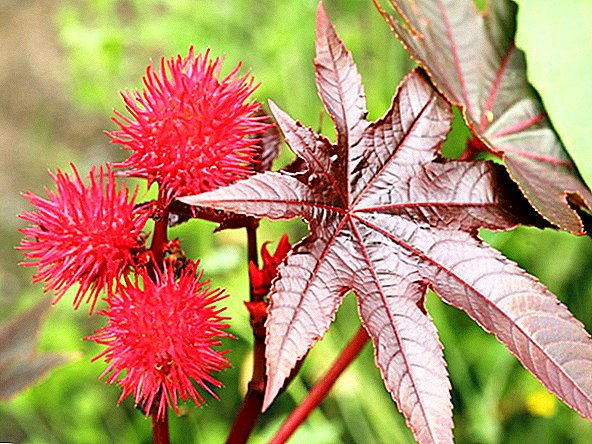
Young, carnation, thyme, bell, sprat, stonecrop, edelweiss, sage (salvia), geykhera and yarrow, as well as castor - light-loving plants that can not tolerate long-term shading.
- Delphinium Ajax - Annual, which is sown only in open ground, preferably in April. When choosing a place for landing it is better to give preference to light penumbra. The plant height is about 1 m. Delphinium flowers form dense inflorescences of various colors.
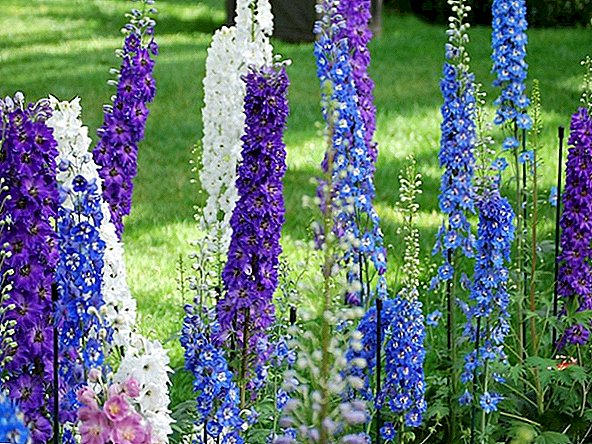
- Rudbeckia - bright yellow flowers, similar to daisies, with a dark elegant middle. It is not fastidious annual plant that can be planted both in the sun and in partial shade.
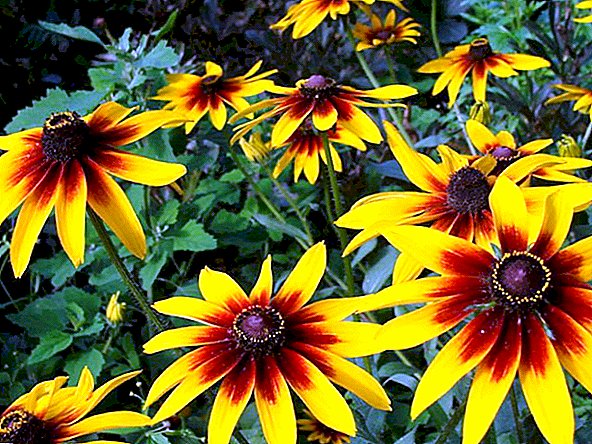
Features of care for annuals in the country
In order for the flower garden to always look well-groomed and bloom magnificently, it is necessary to take care of it. Considering the fact that almost all annuals are unpretentious in nature, it will be enough to weed the earth from weeds, periodically loosen the soil, remove the flowering buds and provide watering if necessary.
Do not be redundant and fertilizing organic fertilizers. It is imperative to spray the years of pests and diseases at least three times during the growing season. When planting tall plants should be aware that the tallest representatives may need support, and the plants will need to be tied up in a timely manner.
Important! Before planting, it is recommended to soak the seeds of annuals in a weak solution of potassium permanganate or in hot water, this will accelerate the germination of seeds.Create a beautiful flower bed of annuals under the force of even a novice gardener. After all, planting and caring for such flowers will not be difficult. Adhering to the basic rules of care, you get a great result, the flower bed will be filled with bright colors throughout the summer.


















